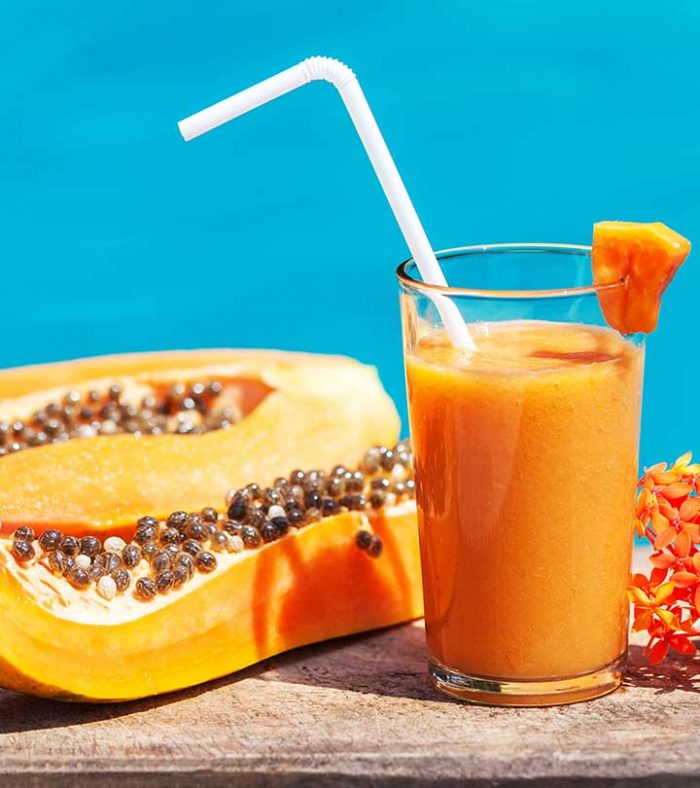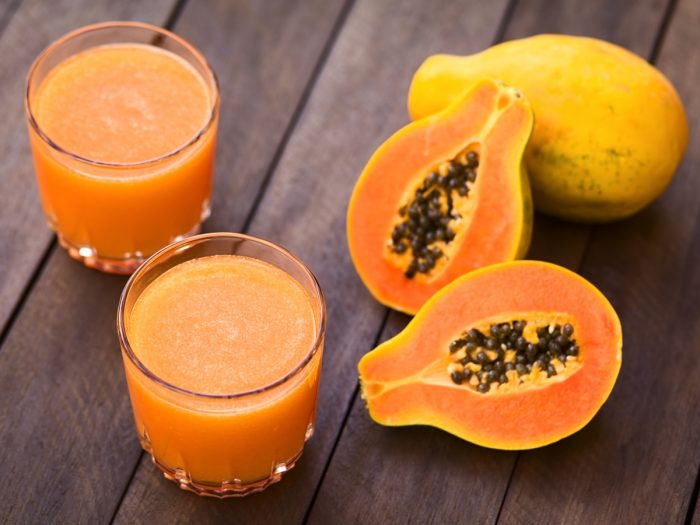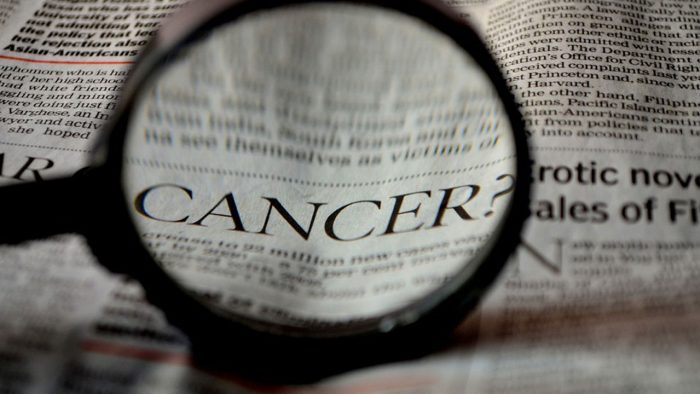People can contract and transmit sexually transmitted diseases (STDs) through several types of sexual contact. Doctors more commonly use the term sexually transmitted infections (STIs).
Although vaginal-penile sex is one of the most common means of STI transmission, people can contract them through anal sex, oral sex, and, in rare cases, heavy petting.
STIs are very common. The Centers for Disease Control and Prevention (CDC) estimate that in 2018, there were more than 2 million casesTrusted Source of STIs.
Some people may not experience more than mild symptomsTrusted Source. They may not even know that they have an STI.
Sexually active adults should undergo regular testing for STIs to prevent spreading them. The more a person knows about STIs, the better prepared they are for prevention.
In this article, learn more about some common STIs, including transmission, testing procedures, and treatment options.
Common STDs
Unlike some other conditions, a person’s sex, ethnicity, or age do not affect the likelihood that they will contract an STI. Since STIs occur due to sexual contact with others, anyone who is sexually active is at risk of contracting an STI.
Some common STIs include:
- gonorrhoea
- human papillomavirus (HPV)
- chlamydia
- syphilis
- herpes
- hepatitis B
- pelvic inflammatory disease (PID)
- HIV
- crabs (pubic lice)
- molluscum contagiosum
- scabies
- trichomoniasis
Different STIs have different symptoms, causes, risk factors, and treatments.
Transmission
STIs can spread as a result of:
- coming into direct contact with a lesion or sore
- coming into close personal contact (in the case of crabs)
- being exposed to infected blood
- coming into contact with vaginal fluid or semen
- sharing needles
STIs come in three categories:
- bacterial
- viral
- parasitic
Bacterial and viral STIs hide in various bodily fluids, such as vaginal secretions, semen, saliva, and blood. In some cases, coming into direct contact with a partner’s fluid is enough to spread an STI.
A person should avoid coming into contact with another person’s bodily fluid when having oral, anal, or vaginal sex. To do this, a person should practice safe sex using condoms or dental dams. These can help block contact with potentially contaminated fluids.
Other STIs, such as herpes, can spread through direct skin-to-skin contact. A person can pass herpes to their partner through oral, anal, and vaginal sex. It can also spread from a partner’s mouth to the genitals of their partner through oral sex.
STIs such as HIV and hepatitis can spread through coming into contact with infected blood. Both of these infections can spread through sex when both partners have open sores or through sharing needles.
Parasitic STIs such as pubic lice can spread through close personal contact. Lice can pass from one person’s pubic hair to that of another. A person may also contract pubic lice after coming into contact with sheets or clothing that has been in close proximity to a person’s pubic hairs.
Risk factors and prevention
There are several potential risk factors for contracting an STI. People should take steps to avoid risks when engaging in sexual activity.
Some steps a person can take to prevent transmitting or contracting an STI include:
- Avoiding unprotected sex: Using a latex condom or dental dam can greatly reduce the risk of coming into direct contact with a lesion or infected fluid.
- Using water-based lubricants: Oil-based lubricants can cause condoms to break.
- Finding an exclusive sexual partner: The more people a person has sex with, the greater their risk of contracting an STI. Likewise, finding a partner who is not having sex with other people can lower the risk of spreading STIs.
- Undergoing STI tests: A person should undergo an STI test before engaging in sexual activity with a new partner.
- Getting vaccinations: Getting vaccinations for conditions such as hepatitis and HPV is a good idea.
- Avoiding drug and alcohol use: These substances may increase the likelihood of engaging in risky behavior during sex.
- Avoiding sex with people who use injected drugs: People who use injected drugs may be more likely to have STIs such as HIV or hepatitis.
Taking these precautions should reduce the risk of spreading STIs, but they cannot guarantee prevention.
People should have a conversation with their partner about their sexual history before engaging in any kind of sex. If in doubt, ask them to undergo an STI test before engaging in sexual activity with them.
Testing
Undergoing testing for STIs is a good idea for anyone who:
- has a new sexual partner
- has had sex with multiple partners
- shows symptoms of an STI
Testing can help determine if a person has an STI. However, it is important to remember that no STI test is completely accurate.
In part, this is because there are no tests available for certain STIs, while other signs of infection may not show up for some time after a person contracts the STI.
If a person suspects that they have an STI, they should have a test. However, even if the results are negative, it is a good idea to retest soon after.
Some potential STI tests a doctor may use include:
- blood tests
- urine tests
- fluid tests
Treatment
Treatment options for STIs depend largely on the type of STI a person has.
Treatments focus on providing relief for the symptoms, preventing flares, or curing the infection. It is important to remember that even during treatment, it is possible to spread an STI to a partner.
Some common treatments include:
- Antibiotics: These treat STIs such as chlamydia, gonorrhea, syphilis, and trichomoniasis. People with these infections should complete all courses of antibiotics and avoid having sex until treatment is complete.
- Antiviral medication: These treat infections such as herpes and HIV. Antiviral medications help prevent future outbreaks of herpes and can keep HIV suppressed for years. However, it is still possible to transmit them to a partner, so people should be careful when engaging in sexual activities.
- Lotions and creams: These can treat pubic lice and help provide relief to sores on the genitals.
A person should talk to their doctor if they suspect that they have contracted an STI. Most STIs require prescription medications. It is important to follow all recommended treatments to prevent further complications and spreading the infection.
Complications
There are several potential complications from not treating an STI. These complications might include:
- complications with pregnancy
- PID
- pelvic pain
- heart disease
- inflammation of the eye
- arthritis
- infertility
- certain cancers
- death
The best way to prevent complications is to seek screening and treatment as early as possible. People who are sexually active with multiple partners and those who are not sure of their partner’s sexual history should undergo regular testing.
Summary
STIs spread through bodily fluids, skin-to-skin contact, and, in cases of pubic lice, coming into close personal contact with a person who has the infection.
People who are sexually active should undergo regular screening. Early detection can prevent the spread STIs and prevent complications through treatment.
People should follow all treatment recommendations their doctor gives. In many cases, proper treatment can either suppress or cure the infection.











